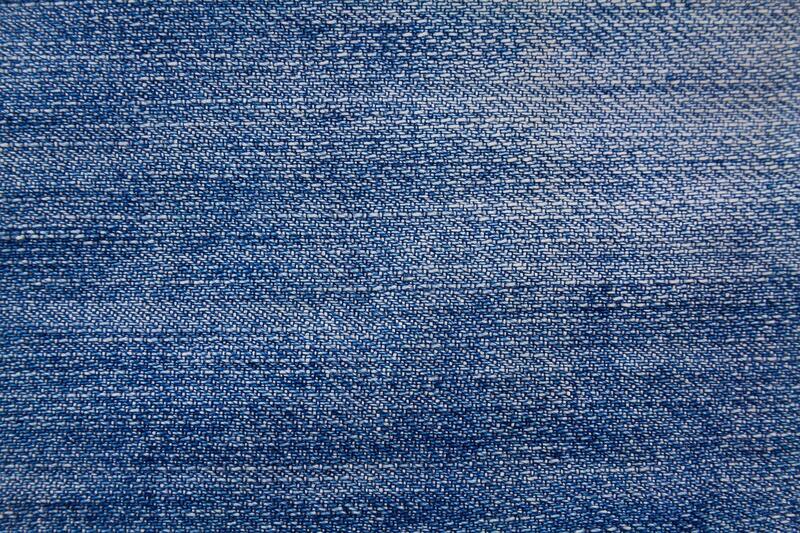Sustainable Transformation: Decarbonization Strategies for Manufacture of textiles
This article explores decarbonization strategies for the textile industry, highlighting the importance of sustainable transformation in reducing carbon emissions.

The textile industry is one of the largest and most significant industries in the world, employing millions of people and generating trillions of dollars in revenue. However, it is also one of the most polluting industries, responsible for a significant amount of carbon emissions. Decarbonisation in the manufacture of textiles sector is therefore important to reduce the industry’s carbon footprint and mitigate the impact of climate change. This article will explore what decarbonisation is, the main sources of carbon emissions in the manufacture of textiles sector, how carbon emissions can be reduced, the challenges facing decarbonisation, and the implications of decarbonisation for the industry.
What is Decarbonisation in the Manufacture of Textiles Sector and Why is it Important?
Decarbonisation refers to the process of reducing carbon emissions in order to mitigate the impact of climate change. In the manufacture of textiles sector, decarbonisation involves reducing the carbon footprint of the industry by reducing the amount of energy and resources used in the production process. This is important because the textile industry is one of the most polluting industries in the world, responsible for a significant amount of carbon emissions. The industry is also a significant contributor to other forms of pollution, such as water pollution and waste generation. Decarbonisation is therefore essential to reduce the industry’s impact on the environment and to ensure its sustainability.
Main Sources of Carbon Emissions in Manufacture of Textiles Sector
The manufacture of textiles sector is a significant contributor to carbon emissions, with the main sources of emissions being energy consumption, transportation, and waste generation. Energy consumption is the largest source of carbon emissions in the industry, with the majority of energy used in the production process coming from fossil fuels. Transportation is also a significant source of emissions, with the industry relying heavily on the transportation of goods and materials. Waste generation is another significant source of emissions, with the industry generating large amounts of waste in the form of textile scraps, chemicals, and packaging.
Reducing Carbon Emissions in Manufacture of Textiles Sector
There are several ways in which carbon emissions can be reduced in the manufacture of textiles sector. One of the most effective ways is to reduce energy consumption by improving the efficiency of production processes and using renewable energy sources. This can be achieved through the use of energy-efficient machinery, the implementation of energy management systems, and the use of renewable energy sources such as solar and wind power. Another way to reduce carbon emissions is to reduce transportation emissions by using more sustainable modes of transportation, such as rail and sea transport, and by reducing the distance goods and materials need to travel. Finally, reducing waste generation can also help to reduce carbon emissions by implementing more sustainable production processes, reducing the use of chemicals, and recycling textile scraps and packaging.
Challenges Facing Decarbonisation in Manufacture of Textiles Sector
There are several challenges facing decarbonisation in the manufacture of textiles sector. One of the biggest challenges is the cost of implementing sustainable production processes and technologies. Many textile manufacturers operate on tight profit margins and may not have the resources to invest in expensive sustainable technologies. Another challenge is the lack of regulation and incentives to encourage sustainable production practices. Without government intervention, many textile manufacturers may not see the benefits of investing in sustainable production processes. Finally, there is a lack of consumer awareness and demand for sustainable textiles, which can make it difficult for manufacturers to justify the additional costs associated with sustainable production.
Implications of Decarbonisation for Manufacture of Textiles Sector
Decarbonisation has several implications for the manufacture of textiles sector. One of the most significant implications is the need for manufacturers to adopt more sustainable production processes and technologies. This can lead to increased costs in the short term, but can also lead to long-term benefits such as reduced energy costs and improved brand reputation. Another implication is the need for increased collaboration between stakeholders in the industry, including manufacturers, suppliers, and consumers, to promote sustainable production practices and reduce the industry’s carbon footprint. Finally, decarbonisation can also lead to new opportunities for innovation and growth in the industry, as manufacturers develop new sustainable products and technologies to meet the growing demand for sustainable textiles.
Conclusion
Decarbonisation in the manufacture of textiles sector is essential to reduce the industry’s impact on the environment and mitigate the impact of climate change. The main sources of carbon emissions in the industry are energy consumption, transportation, and waste generation, and reducing these emissions can be achieved through the implementation of sustainable production processes and technologies. However, there are several challenges facing decarbonisation, including the cost of sustainable technologies, the lack of regulation and incentives, and the lack of consumer demand for sustainable textiles. Despite these challenges, decarbonisation has several implications for the industry, including the need for increased collaboration and innovation, and the potential for long-term benefits such as reduced energy costs and improved brand reputation.